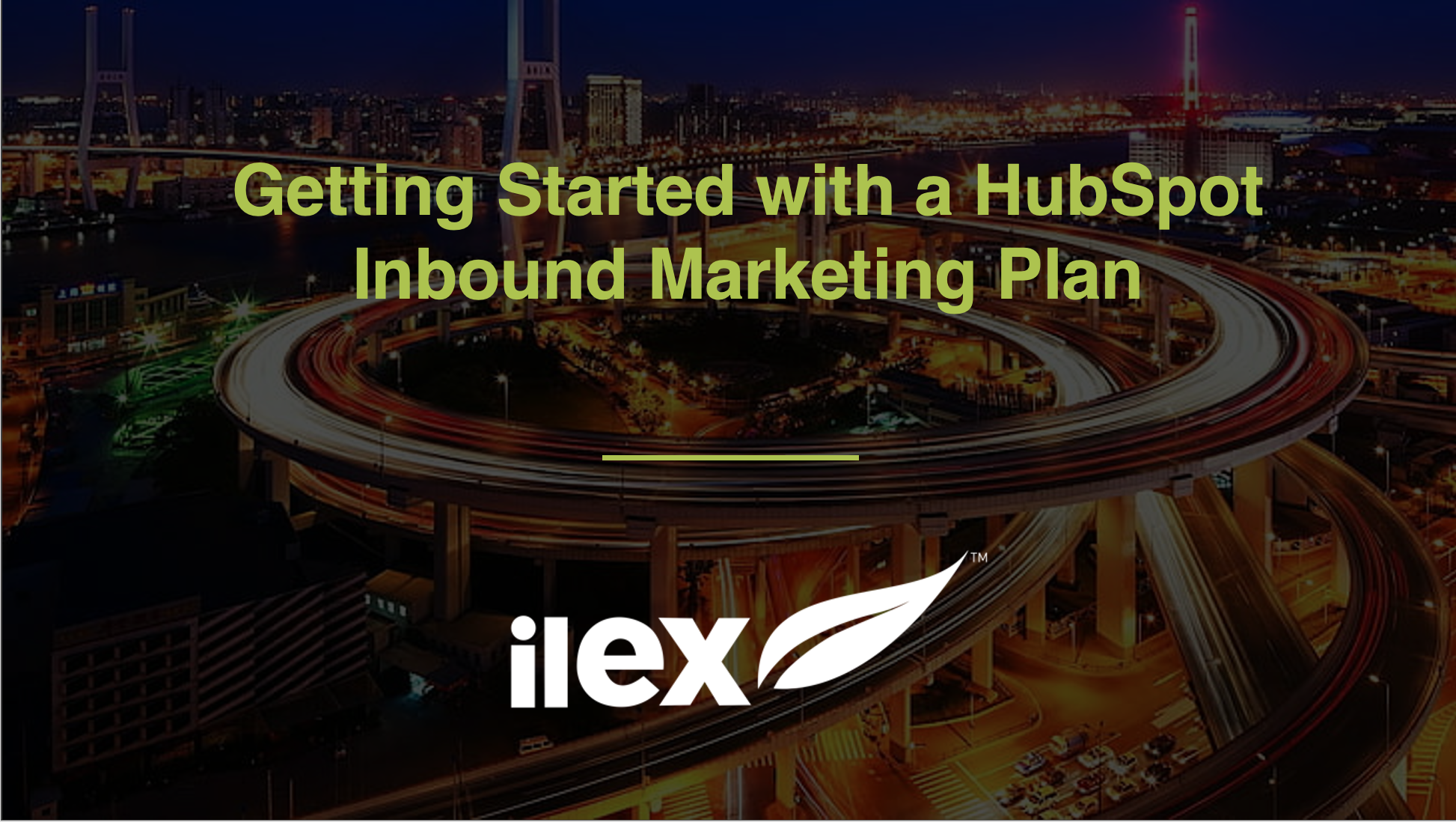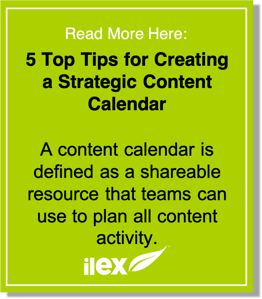As a marketing automation platform, HubSpot does a lot of the hard work for you when it comes to attracting, converting and nurturing your leads and customers. However, to get the most out of the platform it’s important that you set out a detailed marketing plan with achievable goals.
Without a plan and goals to work towards, you’ll find it difficult to execute on your inbound marketing and may not achieve the results you’re looking for.
We’ve outlined some steps to help you get started with creating a HubSpot inbound marketing plan.
1. Create Your Buyer Personas
Creating buyer personas is crucial to gain a deeper understanding of your customers and how to target them. By including members of staff from all areas of the business, you’ll gain an all-round view and develop personas that closely align with your real-world target customers.
2. Outline Your Marketing Triggers
Marketing triggers are the factors that cause your potential customers to search for information about your product, service or industry. Most times, they’ll search for solutions to their pain points or challenges, and that’s where you can offer them helpful content and solutions. It’s important to research and determine some of the most common pain points in your industry, and how your business can help overcome them.
3. Set SMART Goals
SMART goals are goals that are specific, measurable, achievable, relevant and timely. By listing out the key goals you want to achieve with your inbound marketing strategy, you can create benchmarks to measure success.
4. Outline Your Content Strategy
It’s important to plan out a strategy for your content in terms of the channels used and how you’ll address each stage of the buyer’s journey. A strategy with content specifically made for each of the awareness, consideration and decision stages will provide a higher chance of converting leads into customers. By providing content that is useful for customers at different stages, you can appeal to a wider audience and reach more prospects.
5. Design Your Lead Nurturing Process
Setting out a process for lead nurturing can make the process a lot easier. The main reason for leads not converting into customers is due to a lack of information, so reaching out to them with useful content is a great way to move them onto the next stage of the buyer’s journey. With HubSpot you can create workflows for email automation, which trigger different emails for leads in different stages of the buyer’s journey.
You can design these emails to nurture leads in different ways, for example emails for those at the awareness stage should answer frequently asked questions. Emails for the consideration stage should deliver information about your business’ products and/or services, and if prospects respond well to these emails then they can be passed onto the sales team for final conversion.
6. Keep it Going
A lot of people develop an in-depth marketing plan but fail to actually stick to it. The key to a successful marketing strategy is consistency, so it’s important to keep it going into the future and develop it according to your business needs.
If you’d like to learn more about HubSpot and how we can help you develop a successful inbound strategy, book a meeting with us today.




